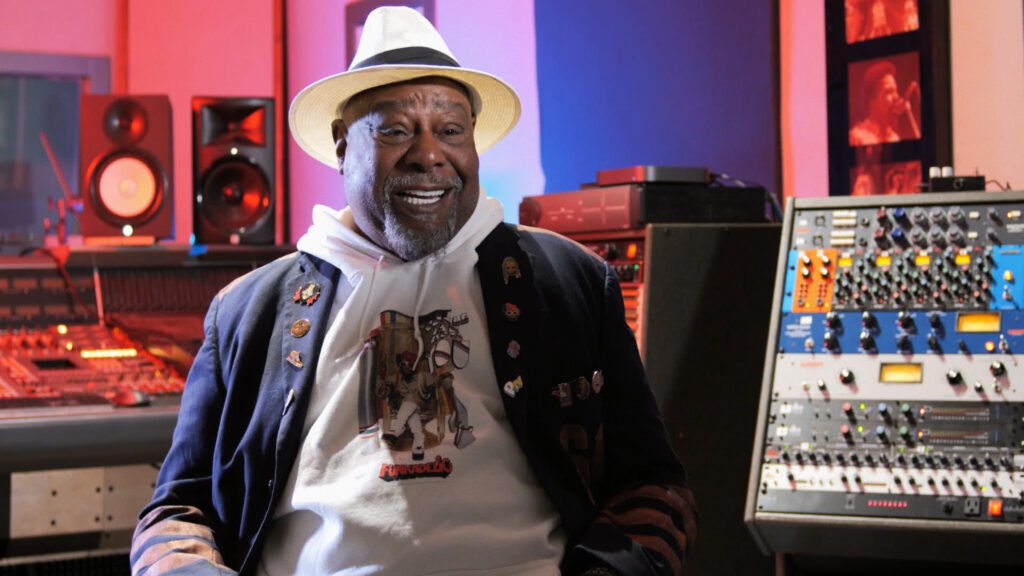
The delightful We Want the Funk is as far from an eat-your-broccoli documentary a you can get. Directors/producers Stanley Nelson and Nicole London explain the musical essence, history, and socio-political context of Funk without taking any of the fun out of it. Because the very raison d’être of Funk is to make you want to move your body, this is an especially enjoyable watching experience.
We see the evolution of Funk, beginning with James Brown, Sly and the Family Stone and Parliament/Funkadelic. We Want the Funk traces influence from the Black church and Funk’s legacy impacts on Afrobeat and Hip-hop.
We hear from musicians, like the always playful George Clinton, and scholars, including my favorite musicologist and cultural historian, Questlove. We Want the Funk drills deep to explain James Brown’s weaponization of the one-beat and Sly and the Family Stone bassist Larry Graham’s innovative slap. And how elements of Funk were absorbed by Brits like Elton John, who was stunned when Bennie and the Jets topped the US R&B charts.
We Want the Funk emphasizes the moment when Black music mirrored Black attitudes and sensibilities, as the Civil Rights Era morphed into Black Power. There was a political subtext to Dance to the Music. Motown acts had made sure that their appearance and behavior appealed to mainstream (i.e., White) audiences. Adopting a newly Afro-confident starting point, Funk music didn’t care how Whites reacted (although Whites, being humans, have embraced it, too).
Thank You Falettinme Be Mice Elf Agin. PBS begins airing We Want the Funk April 8 on Independent Lens. It will become available on the PBS app and PBS YouTube beginning April 9th.
